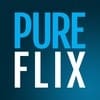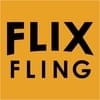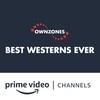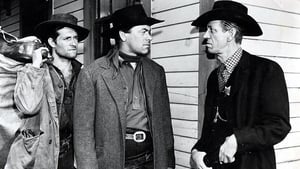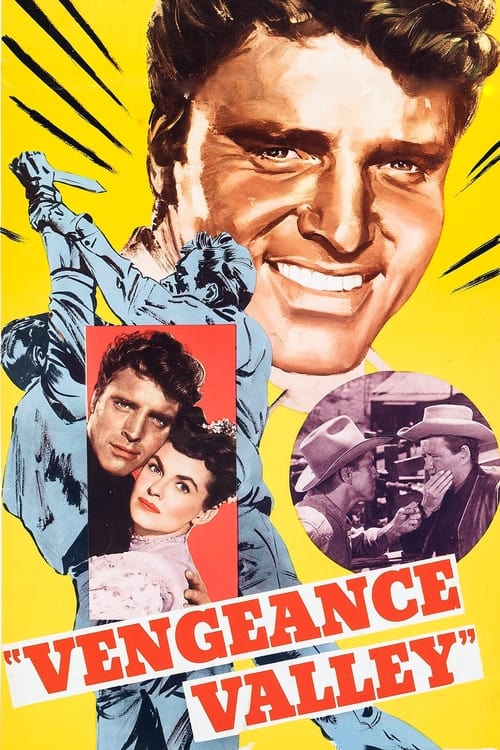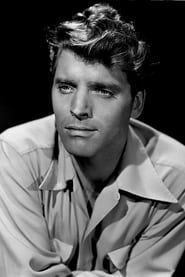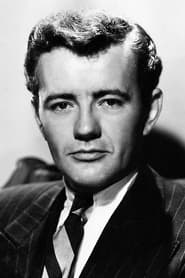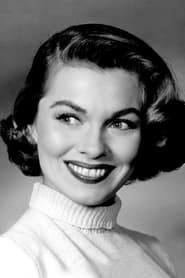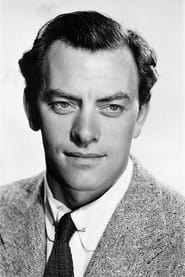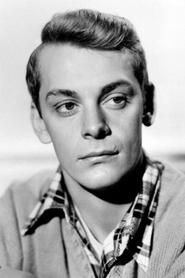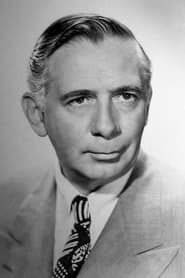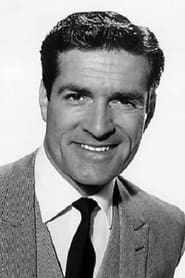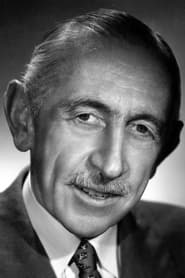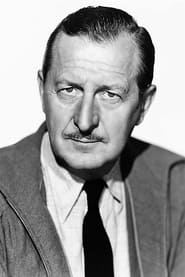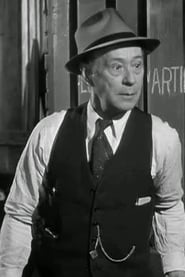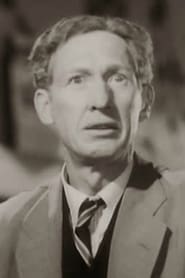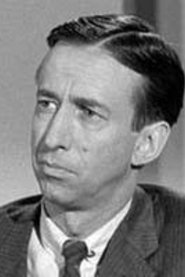Cast
View AllBurt Lancaster
as Owen Daybright
Robert Walker
as Lee Strobie
Joanne Dru
as Jen Strobie
Sally Forrest
as Lily Fasken
John Ireland
as Hub Fasken
Carleton Carpenter
as Hewie
Ray Collins
as Arch Strobie
Ted de Corsia
as Herb Backett
Hugh O'Brian
as Dick Fasken
Will Wright
as Mr. Willoughby
Stanley Andrews
as Mead Calhoun
Paul E. Burns
as Dr. Irwin (uncredited)
Tom Fadden
as Obie Rune (uncredited)
Al Ferguson
as Man at Rune's Corral (uncredited)
Norman Leavitt
as Cowhand (uncredited)
Crew
Director
- Richard Thorpe
Producer
- Nicholas Nayfack
Reviews
Wuchak
***A REAL cowboy Western with Burt Lancaster***
A noble foster brother (Burt Lancaster) on a ranch in Northwest Colorado is accused of making a woman pregnant (Sally Forrest) by her two violent brothers (Hugh O’Brian & John Ireland), but this was actually the work of the questionable natural brother (Robert Walker). Joanne Dru is on hand as the wife of the latter, but might understandably have eyes for the former.
As the plot blurb suggests, “Vengeance Valley” (1951) is just as much a soap opera as it is horse opera, but it doesn’t skimp on the typical Western staples with gorgeous Western locations (Colorado), saloon confrontations, fistfights, gunfights, steam engine trains, breaking horses, rustling and cattle drives.
Speaking of the latter, the movie features an interesting narration by one of the ranch hands, Hewie (Carleton Carpenter), which offers vital information about the exploits of cattle wanderings during Winter, Spring round-up, cattle drives and buying & selling.
The film doesn’t overstay its welcome at 1 hour, 23 minutes, and was shot at Coal Creek & Oak Creek in Northwest Colorado.
GRADE: B
Aug 26, 2019
Thematic Analysis
Vengeance Valley represents a fascinating example of Western cinema, offering viewers a unique perspective on the human experience and societal structures. The film's approach to its themes demonstrates a creative vision that distinguishes it within its genre.
Director Richard Thorpe brings their distinctive visual style to this film, continuing their exploration of themes seen in their previous works while adding new elements. Their approach to pacing and visual storytelling creates a viewing experience that rewards close attention.
Released in 1951, the film exists within a cultural context that now offers viewers historical perspective on the social issues of that era. Its reception demonstrates the diverse reactions to its artistic choices and its place in cinema history.
Did You Know?
- The production of Vengeance Valley took approximately 34 months from pre-production to final cut.
- The final cut of the film runs for 83 minutes, though the director's initial assembly was reportedly 103 minutes long.
- The cast underwent specialized training for 3 weeks before filming began.
- The musical score contains over 60 unique compositions.
- The screenplay went through 15 major revisions before the final shooting script was approved.
Historical Context
- In 1951, when this film was released:
- Television was becoming a dominant form of home entertainment.
- The Cold War was intensifying, influencing global politics and culture.
- The film industry was dominated by major studios, with independent cinema still in its early development.
How This Film Stands Out
While Vengeance Valley shares thematic elements with other films in its genre, it distinguishes itself through its unique approach to storytelling, visual style, and character development.
Unlike Red River, which takes a more conventional approach to its subject matter, Vengeance Valley subverts genre expectations by exploring its themes with greater nuance.
While films like Shane and Open Range explore similar territory, Vengeance Valley stands apart through its distinctive directorial vision and pacing.
This film's unique contribution to cinema lies in its thoughtful balance of entertainment value and thematic depth, making it a valuable addition to its genre.
Details
- Release Date: February 14, 1951
- Runtime: 1h 23m
Where to Watch



